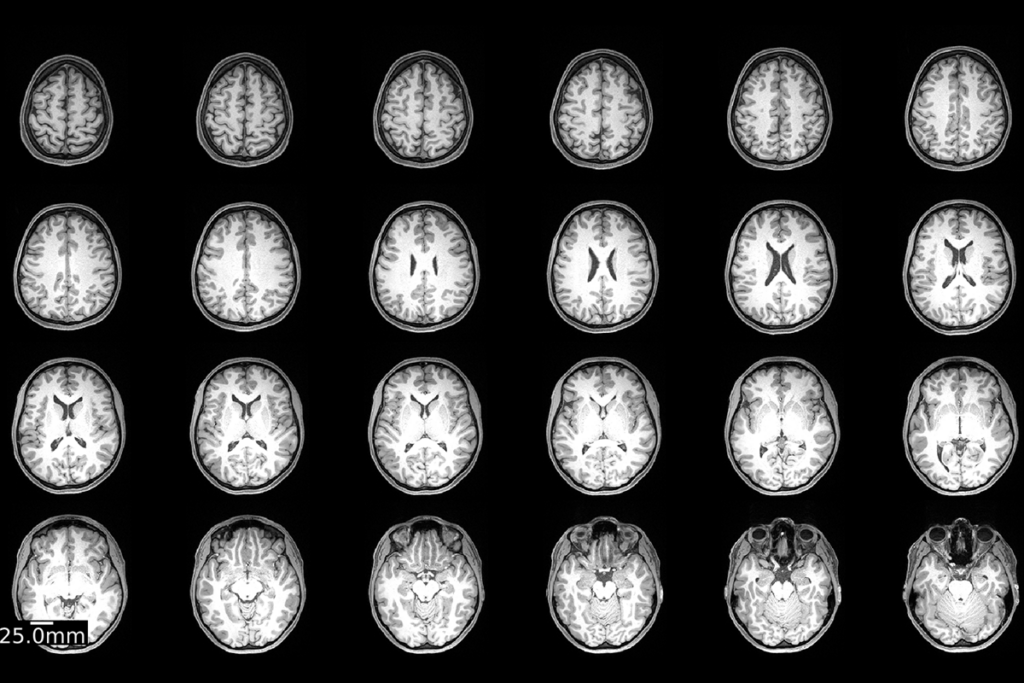Genetics: Pathway links autism, intellectual disability
Individuals with intellectual disability are more likely than controls to have harmful mutations in autism candidate genes, according to a study published 11 March in the American Journal of Human Genetics.
Individuals with intellectual disability are more likely than controls to have harmful mutations in autism candidate genes, according to a study published 11 March in the American Journal of Human Genetics1.
These mutations are in genes such as SHANK3, among the strongest autism candidate genes. SHANK3 organizes a subset of synapses, the junctions between neurons, that mediate excitatory signals.
The study suggests that the two disorders can be caused by dysfunction in the same underlying pathway, explaining their high rate of co-occurrence.
Up to half of individuals with autism are thought to have intellectual disability. Whether the two conditions have a common genetic or neurological basis is still under debate, however.
Several studies have implicated mutations that disrupt excitatory neuronal signals in both autism and fragile X syndrome.
In the new study, researchers sequenced 197 genes in this pathway, mediated by the neurochemical glutamate. They found that mutations that change protein function are more common among 95 individuals with intellectual disability compared with the 285 healthy controls, who primarily have benign, or neutral, mutations.
The researchers identified 11 de novo mutations — meaning that they are spontaneous mutations not inherited from parents — in 8 genes in individuals with intellectual disability. Ten of these mutations alter the protein sequence and are likely to disrupt protein function.
The list includes mutations in two autism candidate genes, SHANK3 and SYNGAP1.
References:
-
Hamdan F.F. et al. Am. J. Hum. Genet. 88, 306-316 (2011) PubMed
Recommended reading
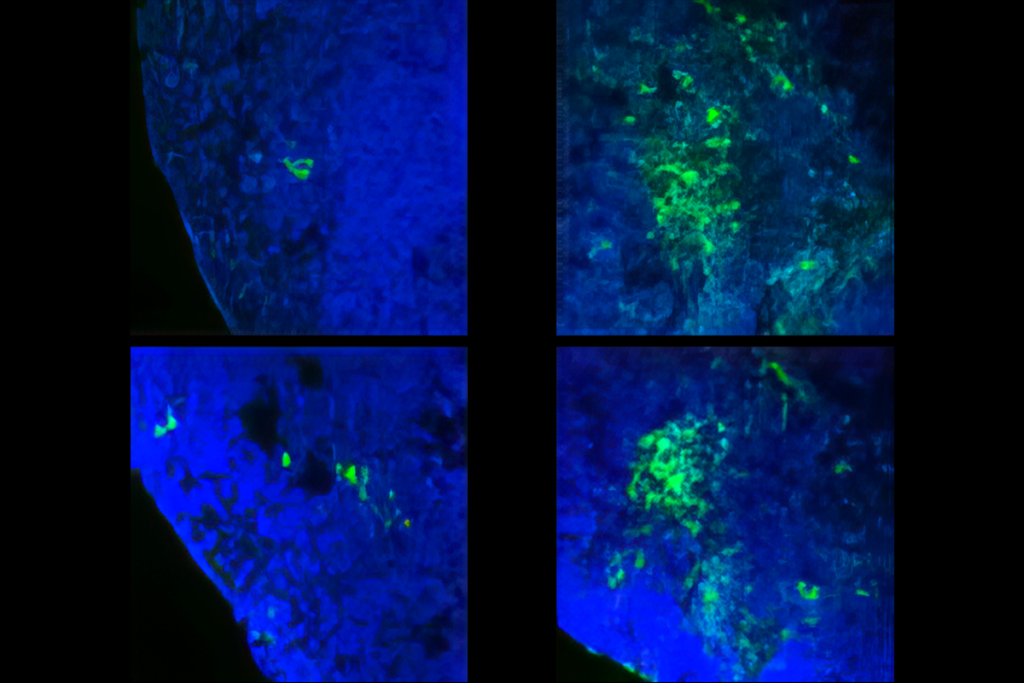
Personalized medicine; astroglia organoids; fast track for fragile X drug
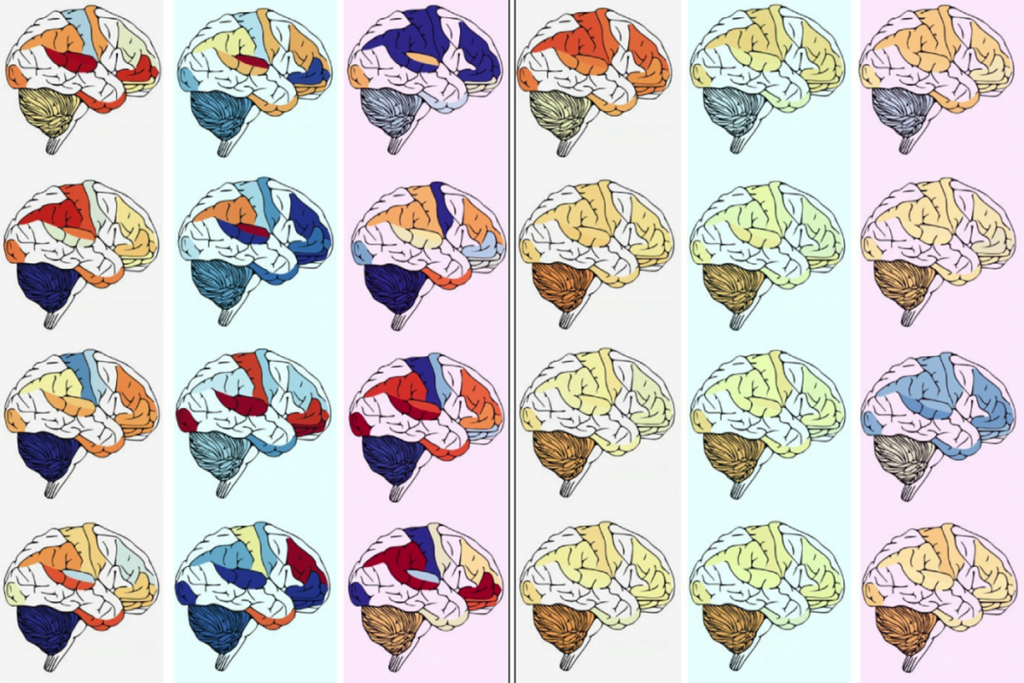
X marks the spot in search for autism variants
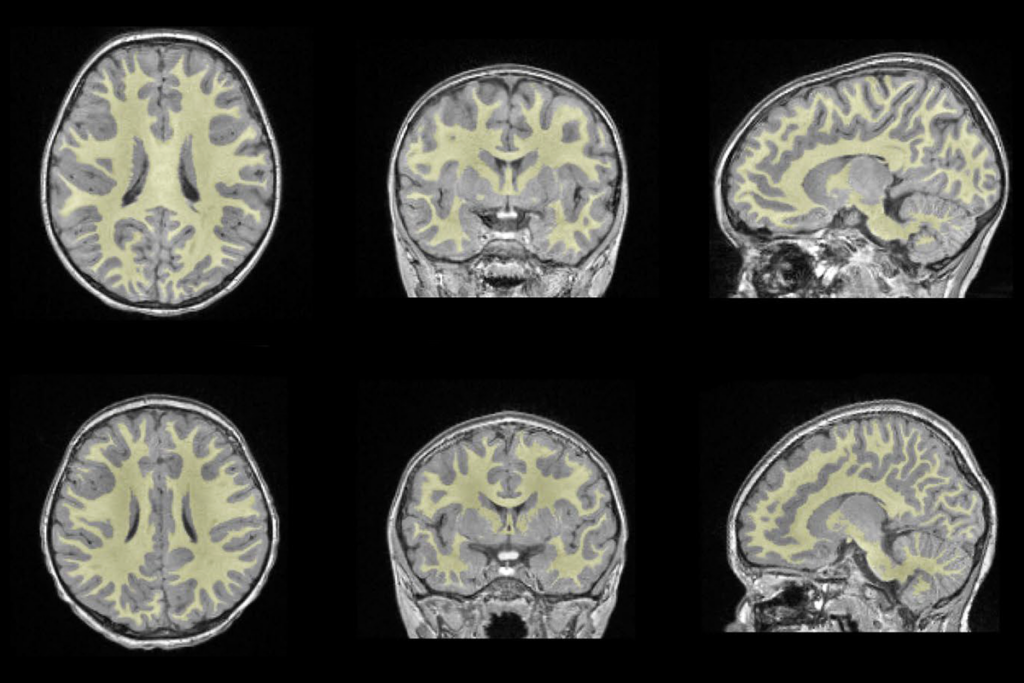
White-matter changes; lipids and neuronal migration; dementia
Explore more from The Transmitter
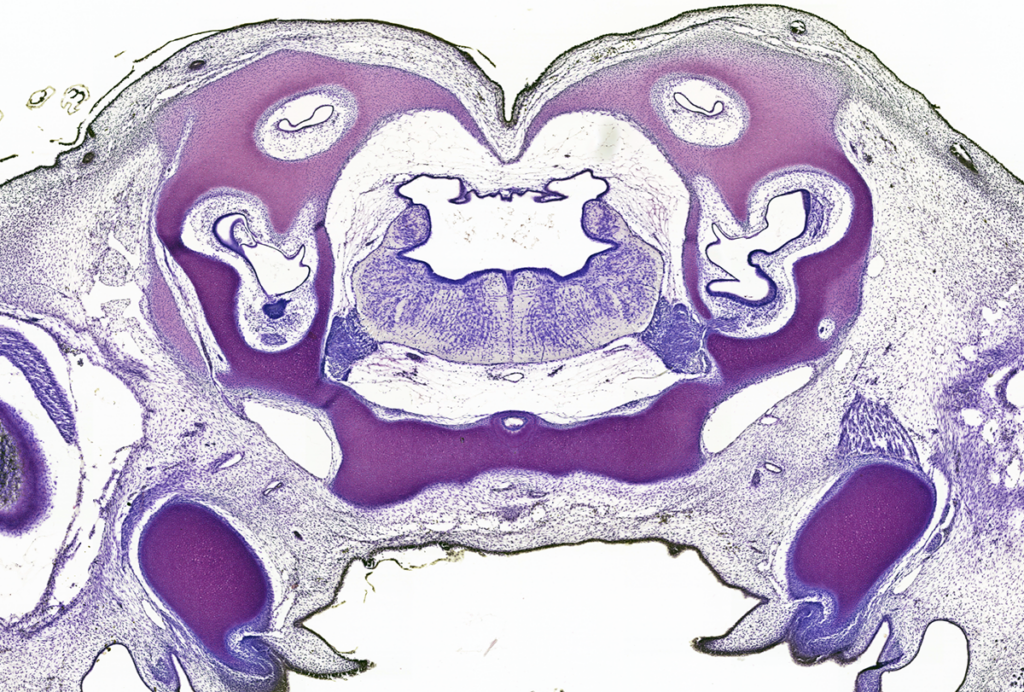
Digitization of ‘breathtaking’ neuroanatomy slide collection offers untapped research gold mine
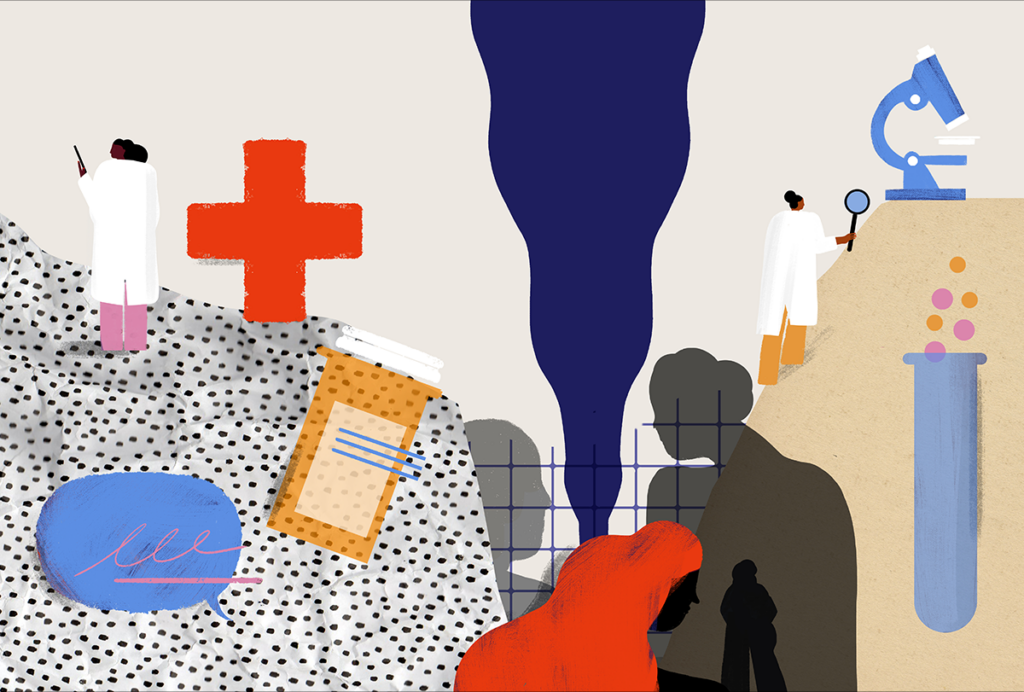
Neuroscientists need to do better at explaining basic mental health research
